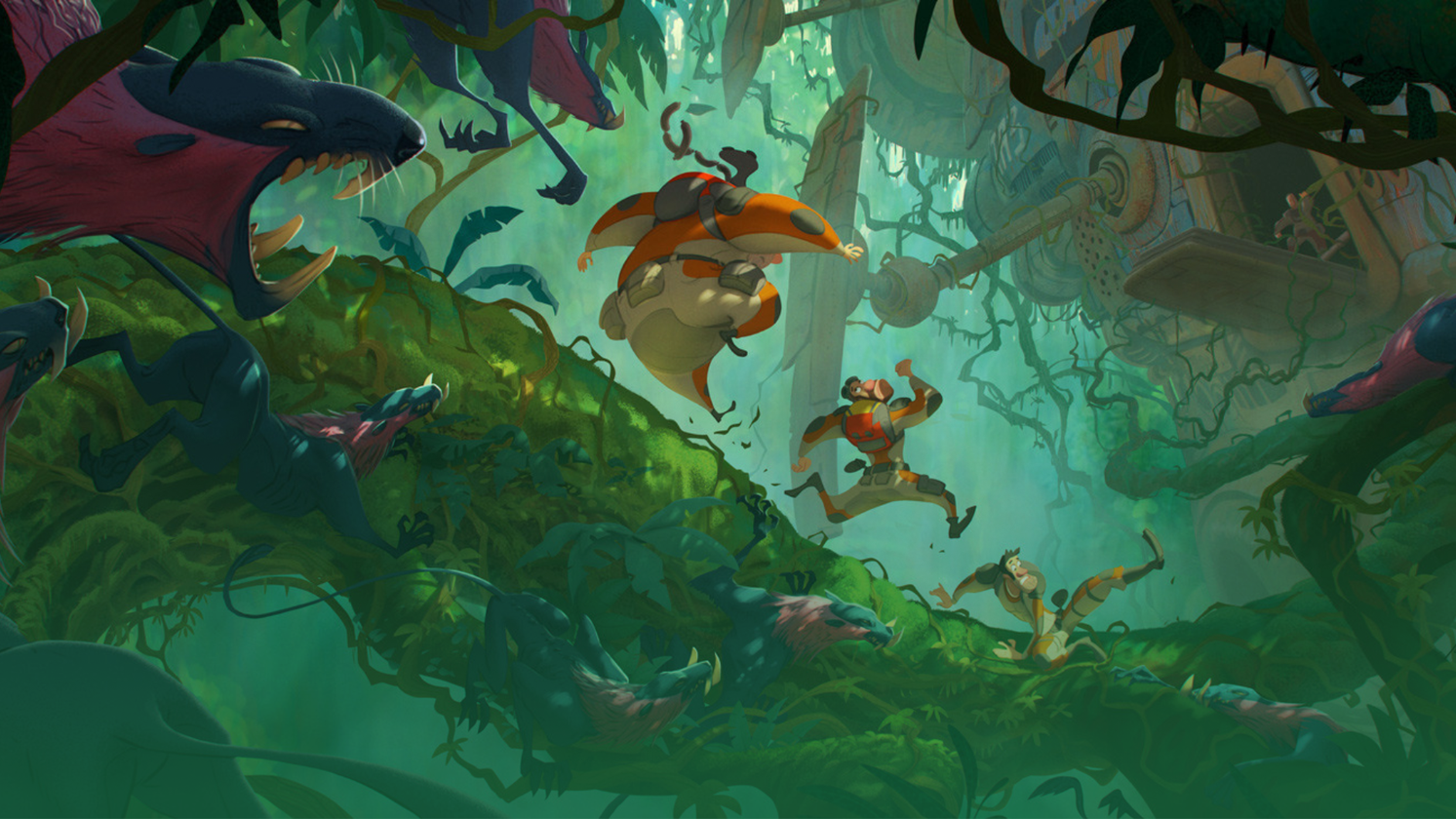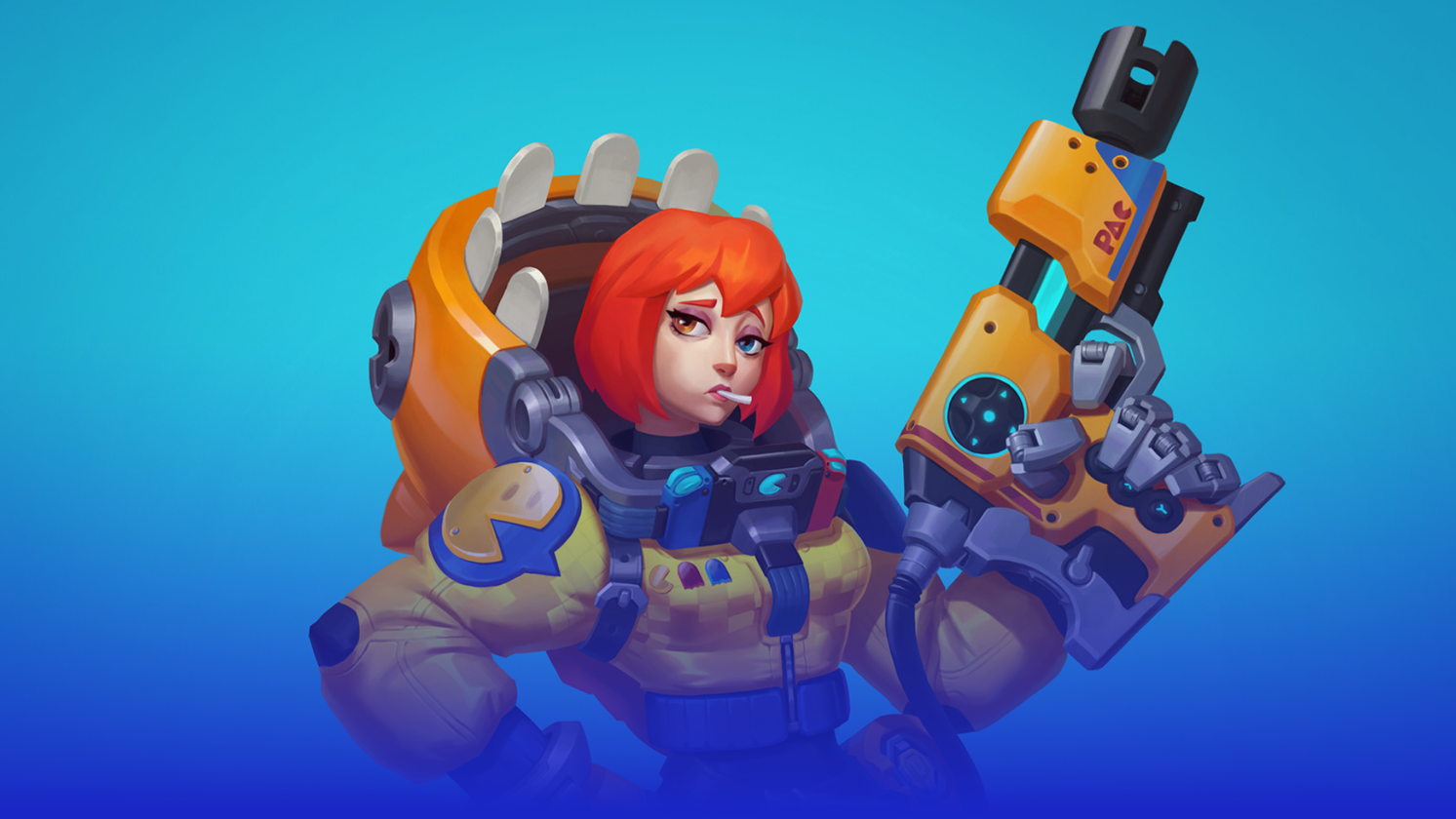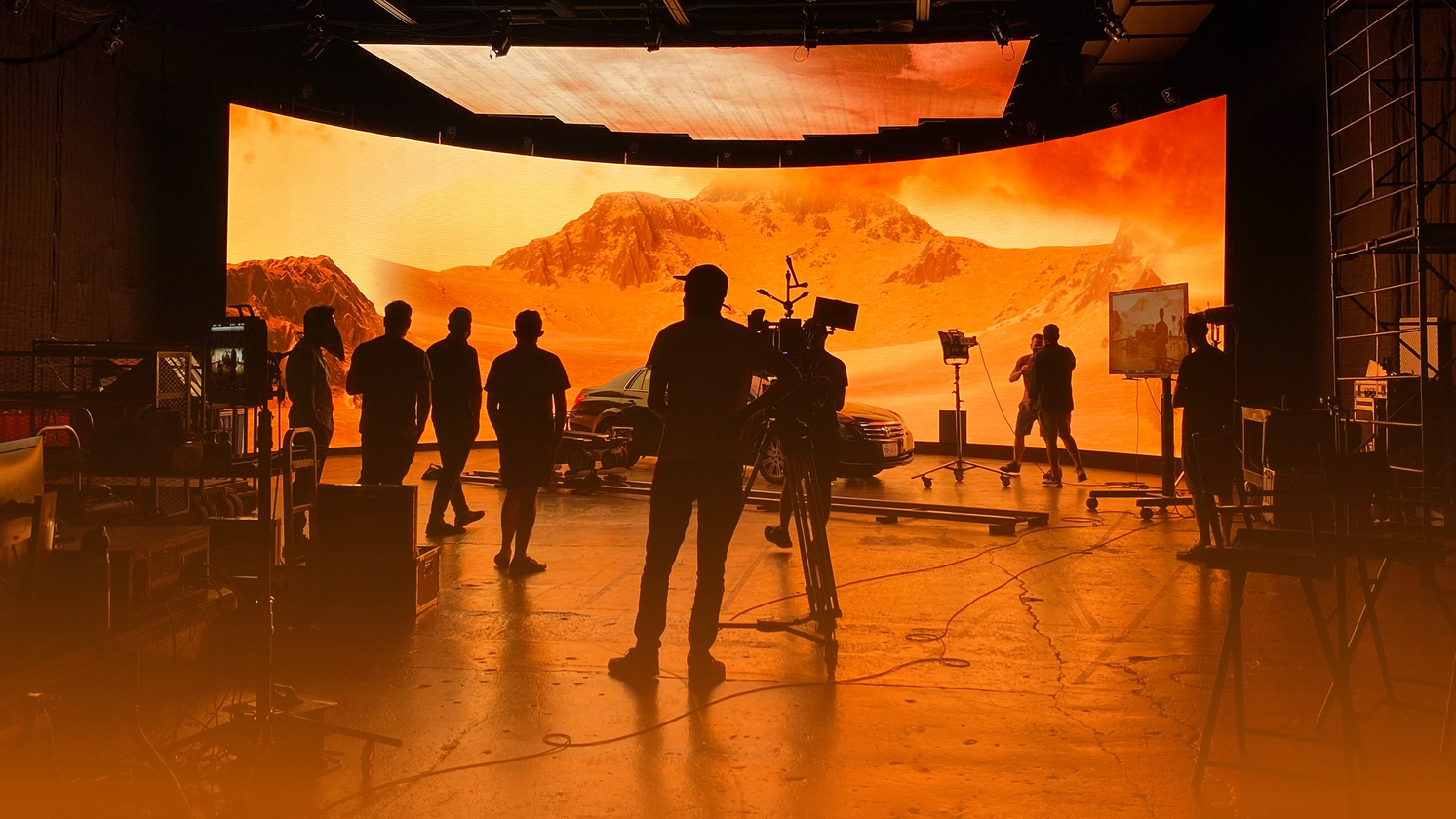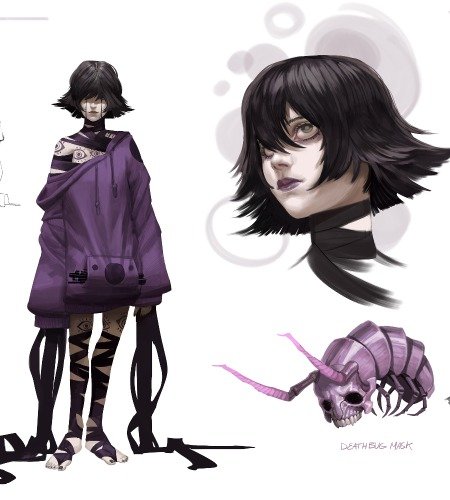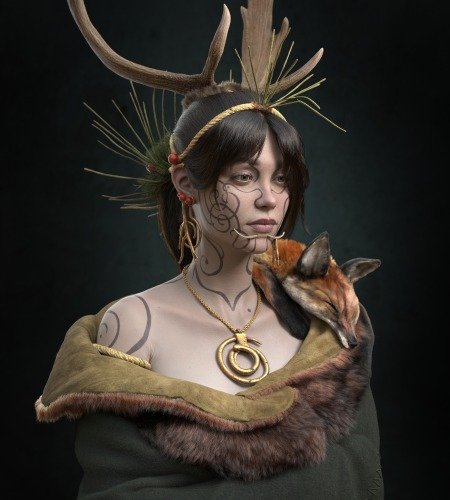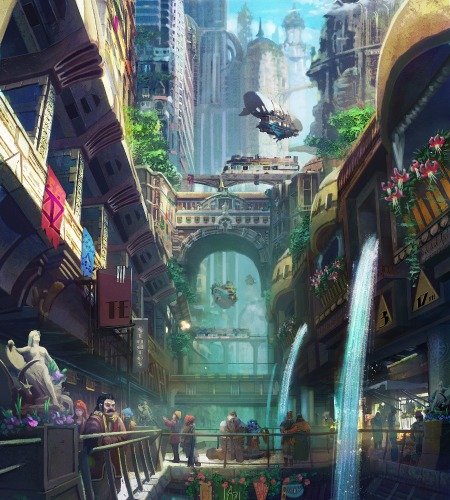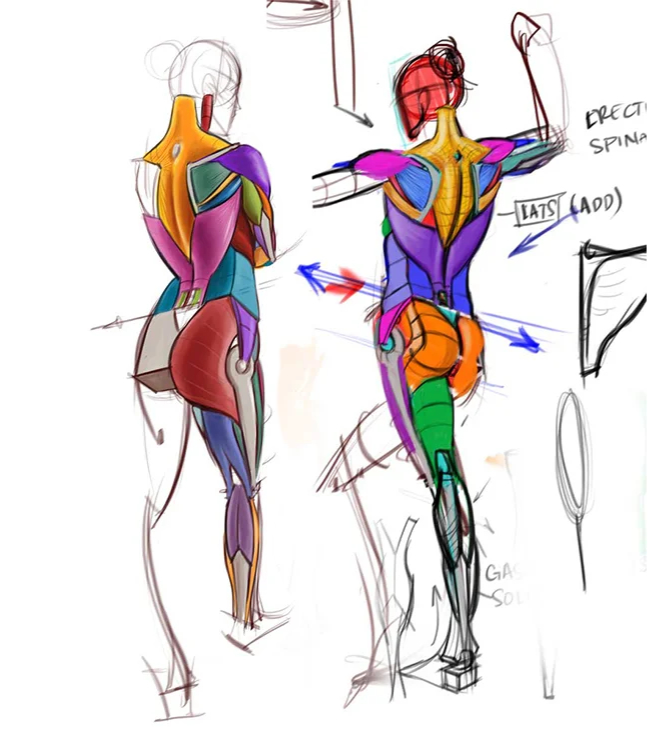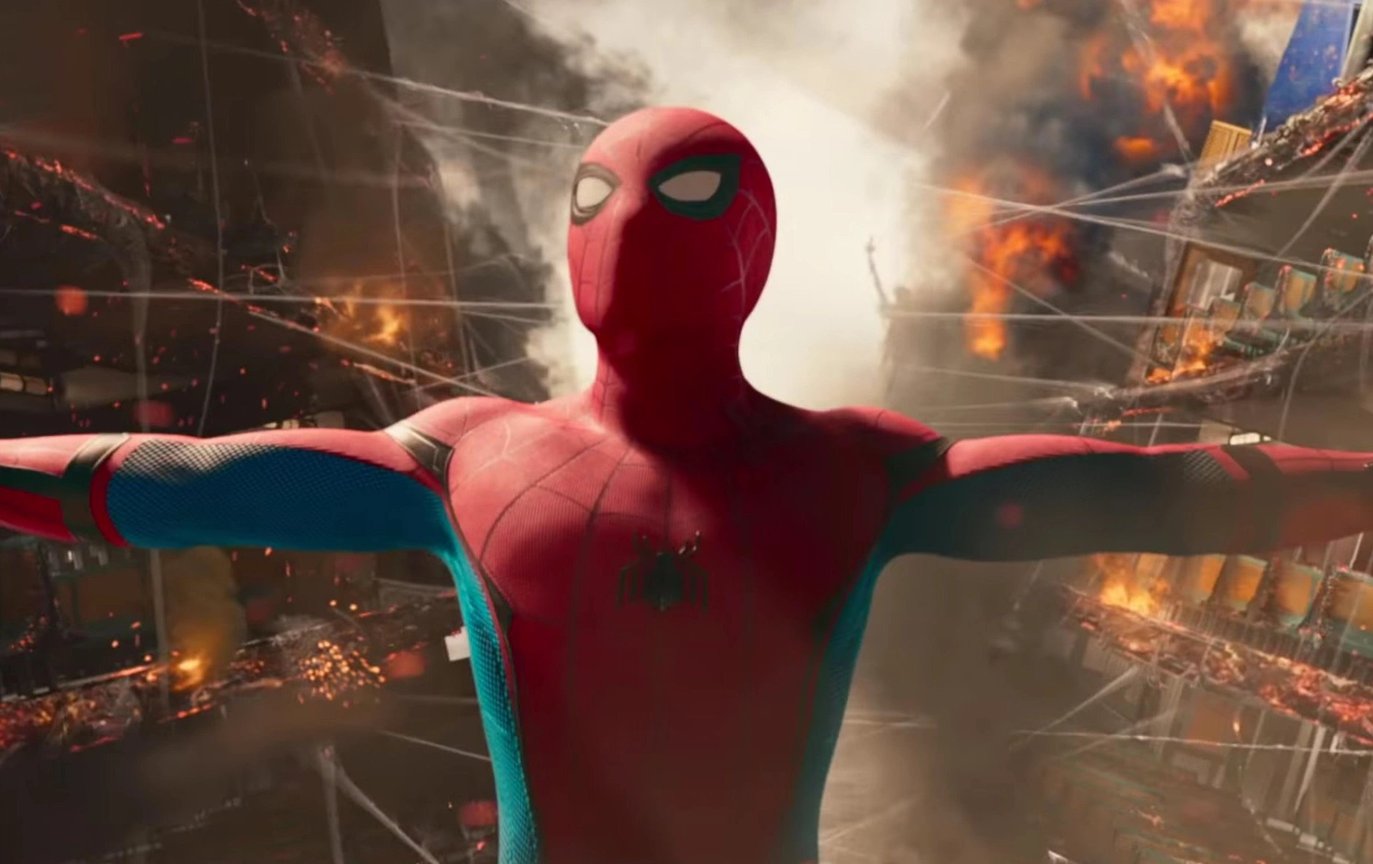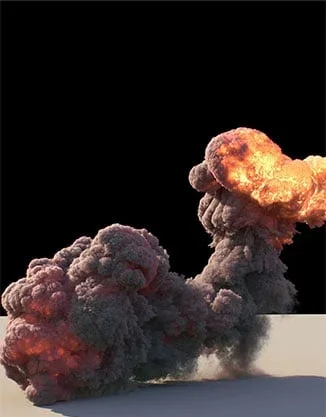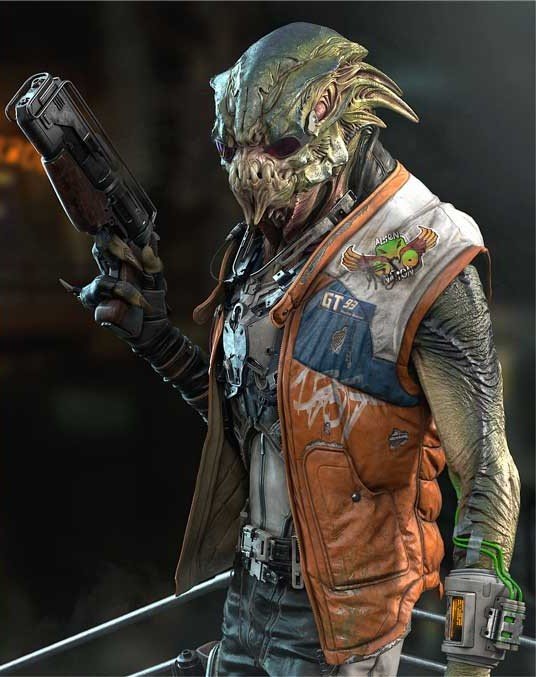Mastering the Technique: A Visual Breakdown Into an Artist's Development
Vladislav Andonov tells us how Gilles Beloeil’s techniques for painting helped him gain a new perspective and hone his observational skills in Environment Painting & Design.

Introduction
Hello! My name is Vladislav Andonov. I’m from Bulgaria. I don’t have any art school background but I’m investing most of my free time in self-education of art. My love of art started about 10 years ago when I ran across a video of Feng Zhu. He explained what concept art means and like most of us I was intrigued. Don’t get me wrong, there came the hard part because I wasn’t able to draw at all and there are no specialized schools for the entertainment industry in my country.
Then I researched any information from where to start. That is how I built my fundamentals, dedicating months to it until I started to understand how the light works, perspective, composition, and more.
Now I’m doing illustrations for book covers. I did a few small concept tasks for an indie game as well. I’m constantly learning and recently took Fundamentals of Environment Design through CGSociety. This is my second CGMA class as I’m very interested in concept design. It was easy for me to choose Gilles Beloeil’s course as I’ve seen some of his work before and love the moods he creates and the way he plays with light.
Introduction and Values
Even though I’m familiar with the most common concepts of values I’ve never done these specific exercises before. Giles made some good points about the importance of values for a good image read and introduced value design as part of the composition process. Value design was very interesting and made me look with new eyes when analyzing images for my studies. I’m really grateful for these first weeks’ lessons.
From the stack of images available I worked through four in total. I did the low key and high key value studies. My notes of what attracted my attention and why I choose them are scribbled on the image.
Composition
If you don’t know how to start a drawing do it with small-sized images. It was fun and easy. The images happen quickly and there is not much worry about mistakes. In minutes you’ll have a variety of ideas to pick from and variations to explore in values. It is good, if possible, to solve most of the composition problems at this stage.
I didn’t have any idea of what I was going to draw so I relied on lots of “happy accidents”. What I did was letting my hand explore shapes looking for any scenes or something that made sense to my imagination. Once I had the prime idea I pushed and pulled elements to rearrange the drawings that fit, at least, the rule of thirds. I did add and change shapes to support the area of interest.
In order to explore the alternative version, I also took an image and pushed the idea further. It didn’t matter if I changed it completely. I was looking for an interesting and better solution. In case you get stuck on an idea, Giles shared some of his clever tricks to break this moment. A few of my thumbnails were created using this method.
I admit as a self-taught artist I may be missing knowledge or techniques. I suppose even with an art education I couldn’t know everything right? Classical rules, used by old masters, that Gilles introduced were new to me but they were interesting and gave me more possibilities in composition.
The slopes of the trunks are following exact lines from the grid. The next slopes and the fishing rod are not placed exactly to the lines of the grid but they follow near them by angles. All of this leads to the character which itself is placed on an intersection of lines. Then with Gilles’s help, I rethought the silhouette of the left and right sides. They were a bit similar in volume so cutting from the right side and adding to the left solved this issue.
Lighting
For me, the challenge here was deciding which light scenario was best for a scene. We can play a lot with it and it can be used as a tool to support the composition or ruin it.
In example #2, the light rays are peeking behind the rock and hitting our character. He receives rim light on his silhouette and it creates a strong contrast in our area of interest. I make him easily noticeable. We can also follow the rim light down the hill and the lit river back up to him. In example #3 we have the opposite light play and an emphasized silhouette. Again easy and noticeable. There is a line on the left rock created by the light and shadows back to the character. In #6 we have a shadow from the trunk. My intention was to make the viewer follow the dark value of the shadows to the character. Here I noticed one more thing― I have a pointy tangent. Tangents like this have to be avoided.
Color Techniques
I would like to say I’m good at coloring but I’m not. I’m very crazy about my coloring techniques and very destructive when I paint. I’m not a big fan of coloring from a black and white image. Usually, I start with a sketch and then straight to colors. But for this week I tried the techniques Gilles suggested. I’m always open to new stuff and I’m here to learn after all. I can say, with some of my works it turns out nice and smoothly but for others I made mistakes. I’m okay with that; with mistakes, I learn.
Usually, I work better if I have an image for color reference. It is easier to plan the colors. For this piece, I liked this monochromatic reference but I put some blues and greens to balance the palette and to emphasize the two areas of interest. Also in this stage of coloring, I still worked on the composition to improve it. I changed shapes, characters, added new elements, anything it needed.
For the next image, I used a coloring technique Gilles showed us. It turned out really smooth and I’m happy about that. I’ll definitely practice his techniques to master them. Again I had a couple of images for reference but his time I was picking colors by eye and not using the color picker.
This next piece was a real pain in my butt. I chose to work from the original thumbnail. It has potential and I envisioned a gloomy look but I made lots of mistakes during the coloring process. Overall I shifted the main values down and lost the value structure from the thumbnail. Then I tried to save the image with different light. It could have been beautiful but it was not what was in my head. I guess at some point I gave up on this piece.
Even disappointed by my failure above, I was not discouraged. I drew one more from scratch for this week― a cold post-apocalyptic environment. It was a more overcast day, with no direct sunlight and shadows.


Interior Shot
This week was a nice break but also a challenge since I don’t draw many interiors. For the first interior, I took a thumbnail from week 2. I liked it almost instantly. The design of the lines was very loose and organic. Some sort of sci-fi scene in a structure deep down under the water. I used the coloring techniques from Gilles and it went quickly. The color choices were taken from bioluminescent sea creatures. In a complex scene with three light sources, I always deal with the main or dominant light first. Then I take care of the second and third in strength. Keeping some order helped me not be confused with the lights in the scene. Gilles also provided good lessons that guided me this week.

For the second interior, I was inspired by Film Noir. I like the triangle hierarchy of character in the shots. I also had a clear idea of what I wanted to draw. I started with a rough, loose sketch then jumped into values. I worked with Gilles’s lessons on light sources starting with the sun and bounced light from the floor. The red lamp was last. I wasn’t sure about the presence of the lamp but Gilles’s feedback suggested I crop the frame. It is not necessary for every light source to be present and with the crop, we worked for a better composition.


Final Thoughts
With Gilles’s help, I redid a couple of things in the composition for my red planet exterior. I broke the majority of vertical lines as well as the rocks behind the main character. For the slope of the debris, instead of leading the viewer out of the frame, now it is in the opposite direction and I have an entrance that leads to the focal point.




